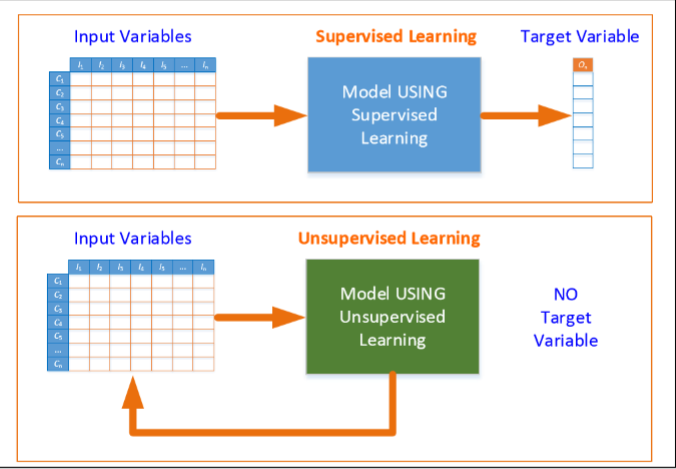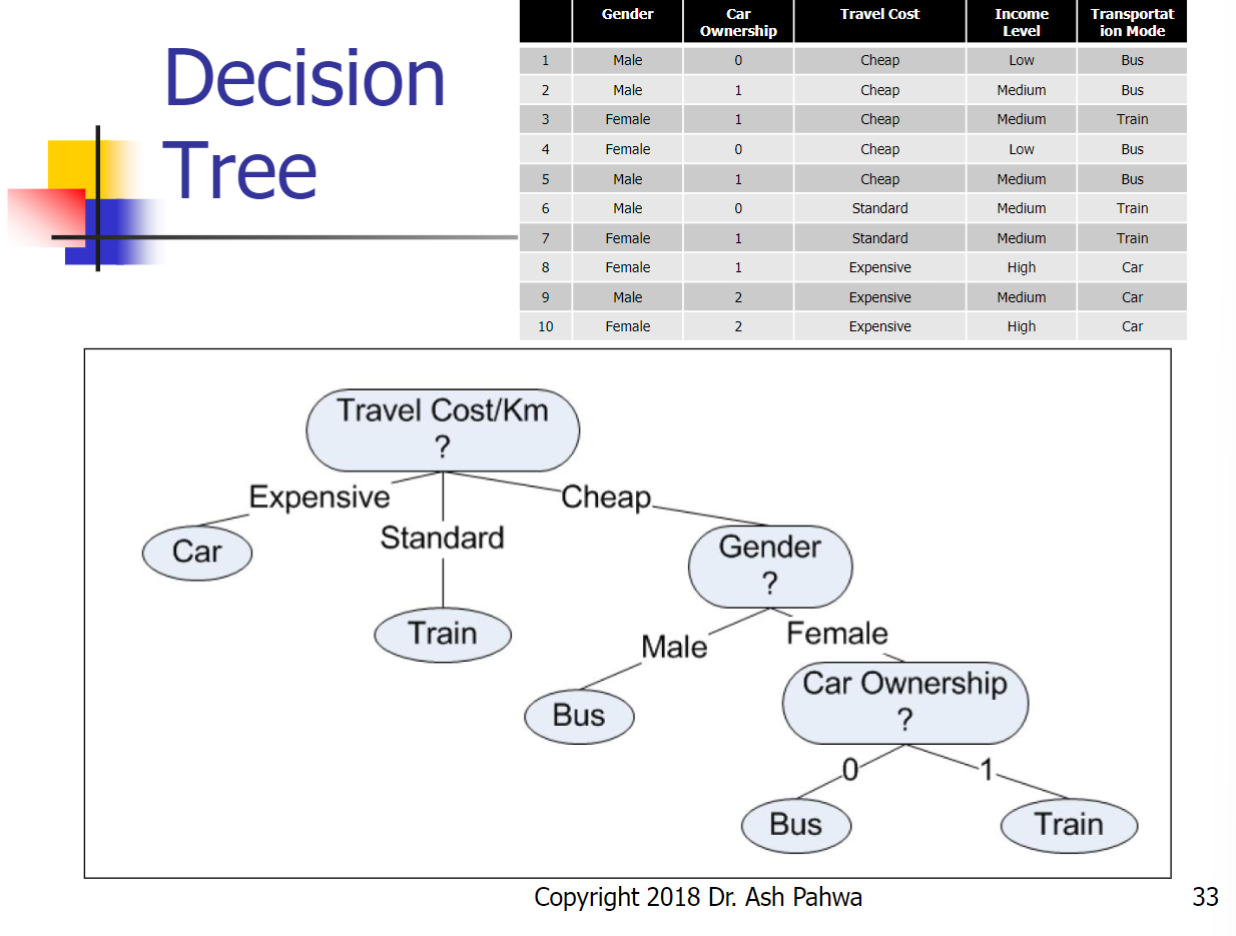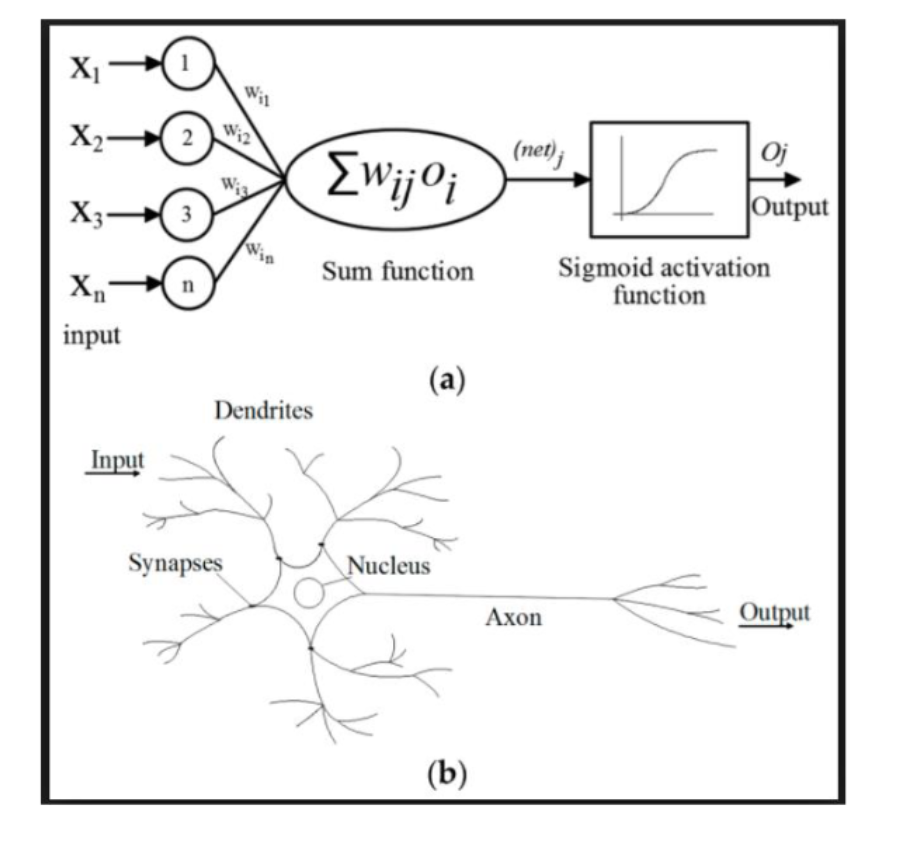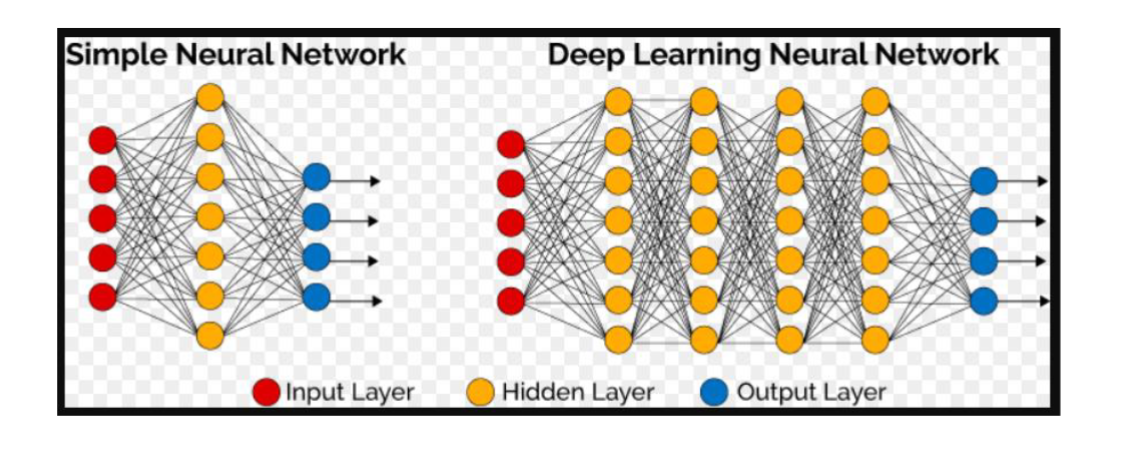1 Modeling Methods
| # | Modeling Methods | Response Variable: Numerical /Categorical | Supervised or Unsupervised | Strategy |
|---|---|---|---|---|
| 1 | Linear & Polynomial Regression | Numerical | Supervised | Error Based Minimizing Error |
| 2 | Logistic Regression | Categorical (Binary) | Supervised | Maximizing Likelihood |
| 3 | Discriminant Analysis | Categorical | Supervised | |
| 4 | K Nearest Neighbor | Categorical | Supervised | Similarity Based |
| 5 | Decision and Regression Trees | Categorical + Numerical | Supervised | Information Based |
| 6 | Naïve Bayes | Categorical | Supervised | Probability Based |
| 7 | Neural Networks | Numerical + Categorical | Supervised | Mimicking Human Brain |
| 8 | Clustering | Unsupervised | ||
| 9 | Principal Component Analysis | Unsupervised | ||
| 10 | Support Vector Machines | Categorical | Supervised | Error Based |
| 11 | ARIMA : Time Series | Numerical | Supervised | Auto Regression & Moving Average |
2 Estimation or Classification
Goals of Machine Learning Application: Estimation or Classification
Estimation – Regression modeling technique is used
Output is a number
- House price
- Product sales for next quarter
- GNP growth for the next quarter
- Employment
Classification – Naïve Bayes, Decision Trees etc. modeling techniques are used
Output is a categorical variable
- Sports team will win or lose
- Email is junk or not
- Which grade student will get
- Tweet is positive or negative
3 Classification of Modeling Methods
Response Variable
- Numerical or Categorical
Supervised or unsupervised
Strategy
- Error based learning
- Similarity Based Learning
- Information Based Learning
- Probability Based Learning
- Mimicking the Human Brain
4 Supervised vs. Unsupervised
Supervisor learning is the most common learning type where there is a target/output variable (which is also called supervisor)
- Supervisor (target variable) teaches the algorithm how to build/learn the pattern model
- In PA, supervised learning ≈ predictive modeling
Unsupervised learning has NO target variable
- No supervisor to teach → algorithm has to learn by itself
- In PA, unsupervised learning ≈ descriptive modeling

5 Classifying Based on Strategy to Build a Model
5.1 Error based learning
- Linear Multi Variable Regression
- Support Vector Machine
In error-based machine learning
- We perform a search for a set of parameters for a parameterized model
- That minimizes the total error across the predictions made by the model
- With respect to a set of training instances (training data)

5.2 Similarity Based Learning
- K Nearest Neighbor
Compute the distance matrices between objects

5.3 Information Based Learning
- Decision Trees
- Regression Trees
- Split of decision trees are based on the entropy of the tables
Learn by Asking Questions
- The Socratic approach to questioning is based on the practice of disciplined, thoughtful dialogue.
- Socrates, the early Greek philosopher/teacher, believed that disciplined practice of thoughtful questioning enabled the student to examine ideas logically and to determine the validity of those ideas.

5.4 Probability Based Learning
- Naïve Bayes
Provides a way to compute reverse probability.
Given , we can compute
Naïve Assumption: Assuming Variable Independence
5.5 Mimicking the Human Brain: Neural Networks
- Extract linear combinations of the inputs
- Model the target as the non-linear functions of these features

Deep Learning: Complex set of Neural Networks with many layers of processing

Main Applications of Deep Learning Neural Networks
- Image Recognition
- Convolution Neural Networks
- Image Classification
- Convolution Neural Networks
- Hand Writing Identification
- Speech Recognition
- Long Short-Term Memory Networks